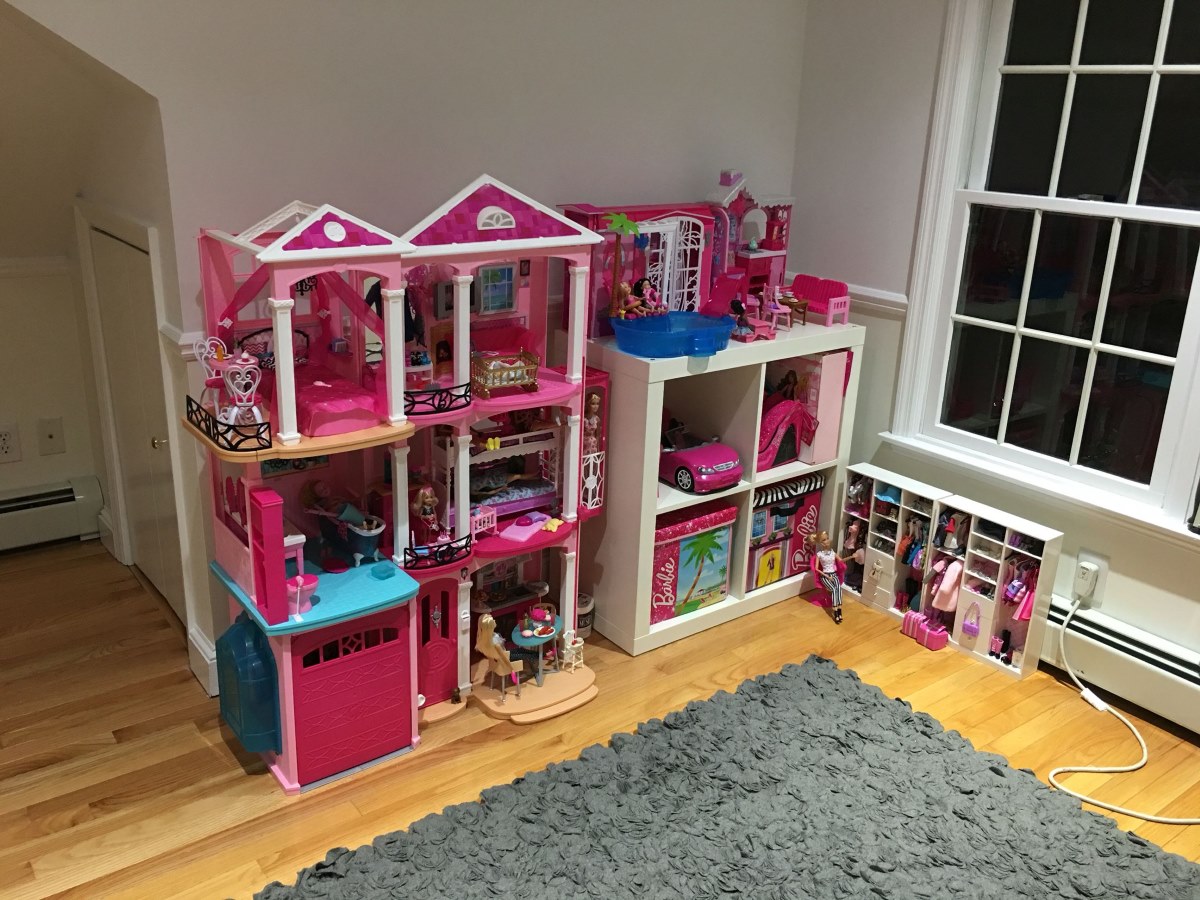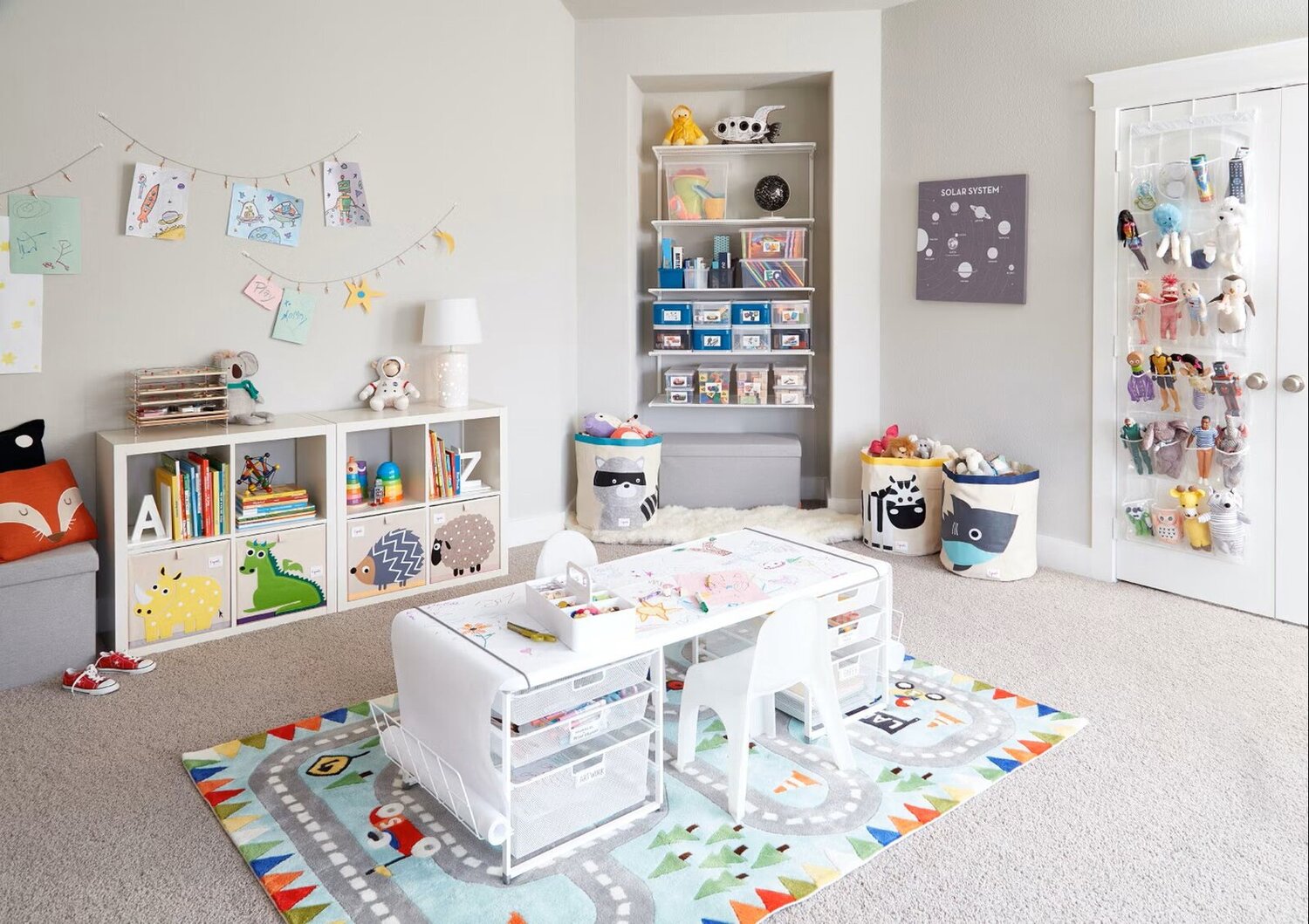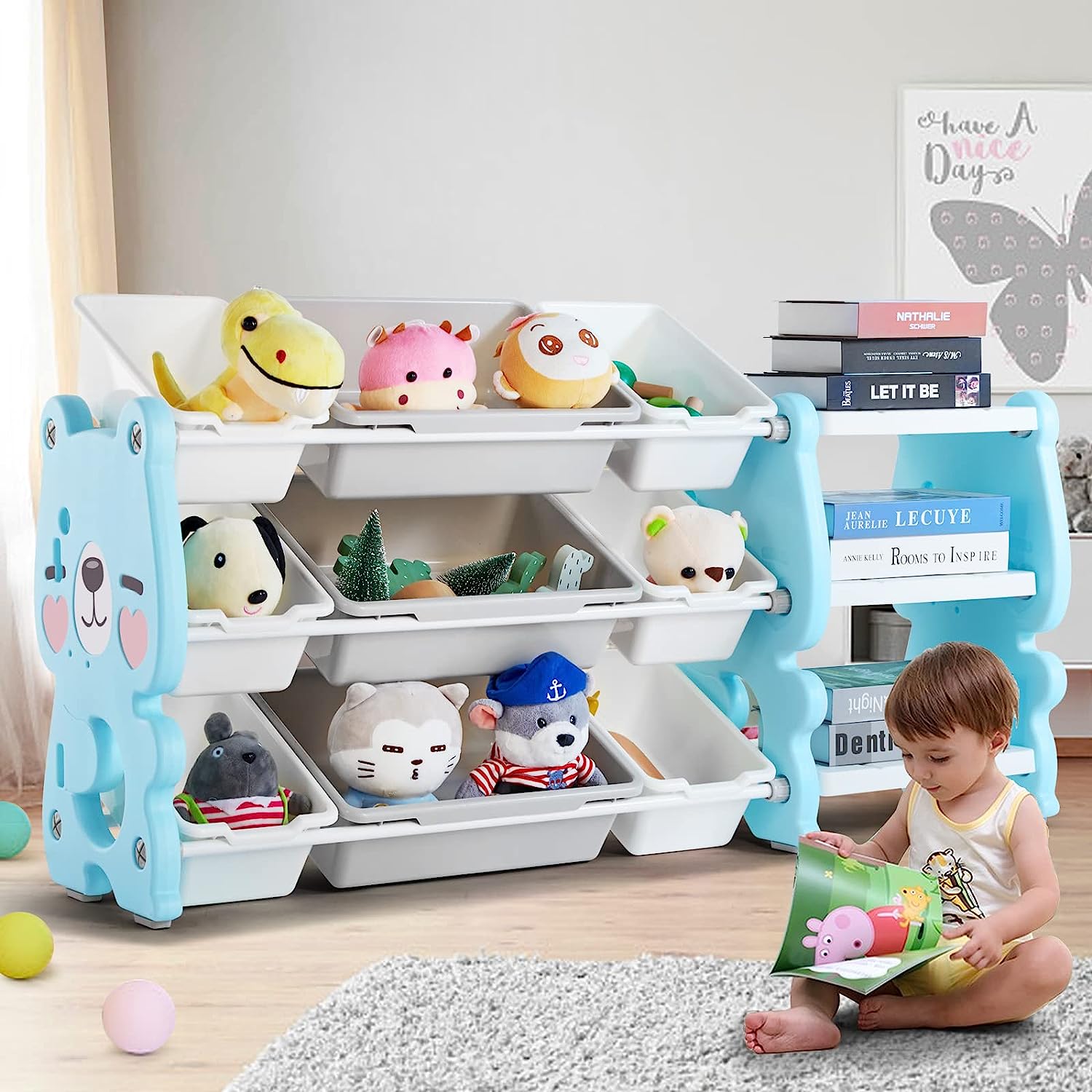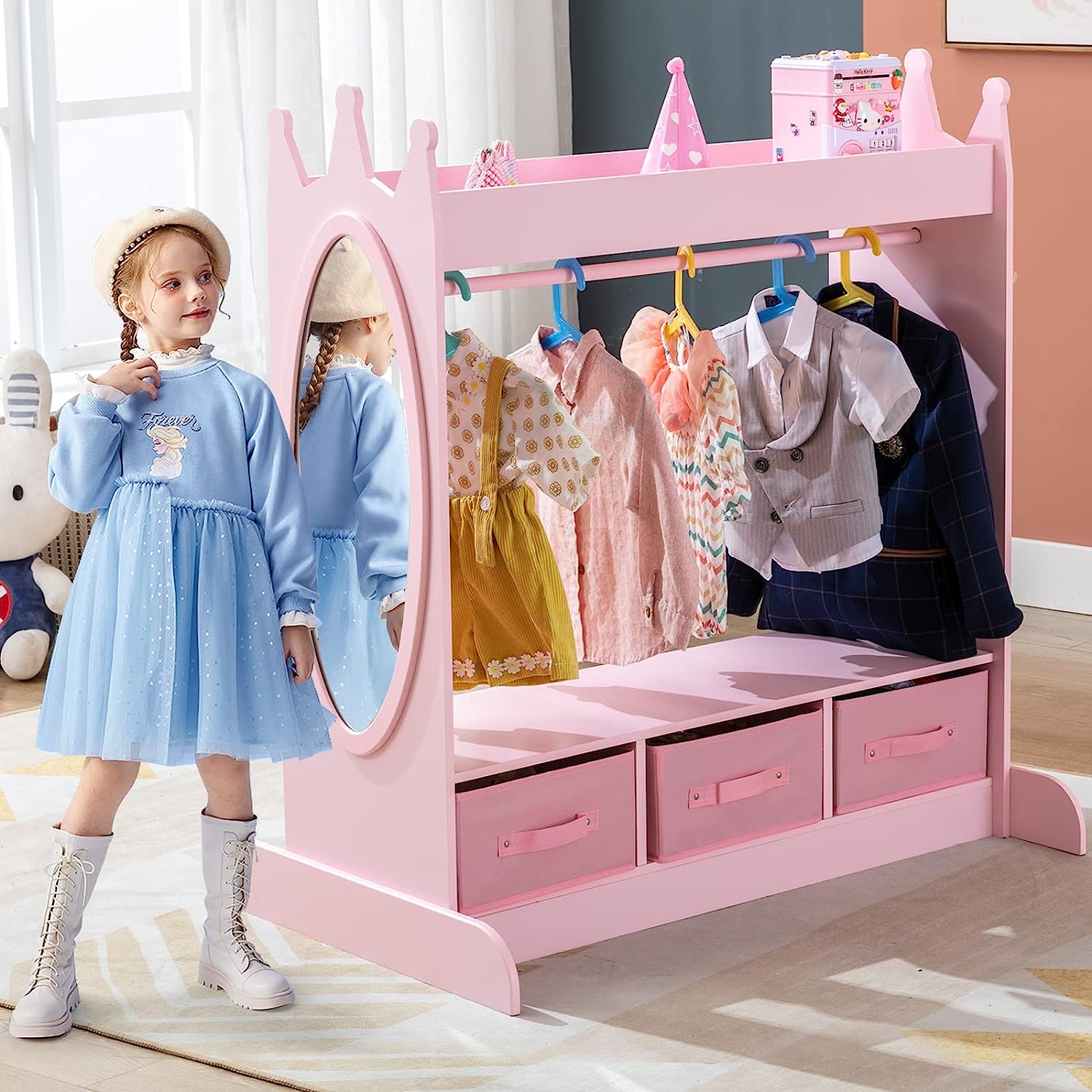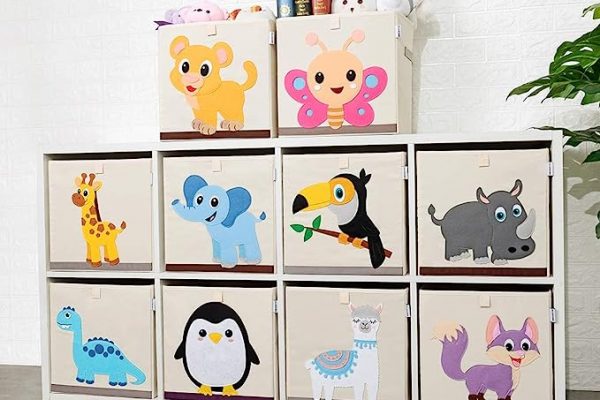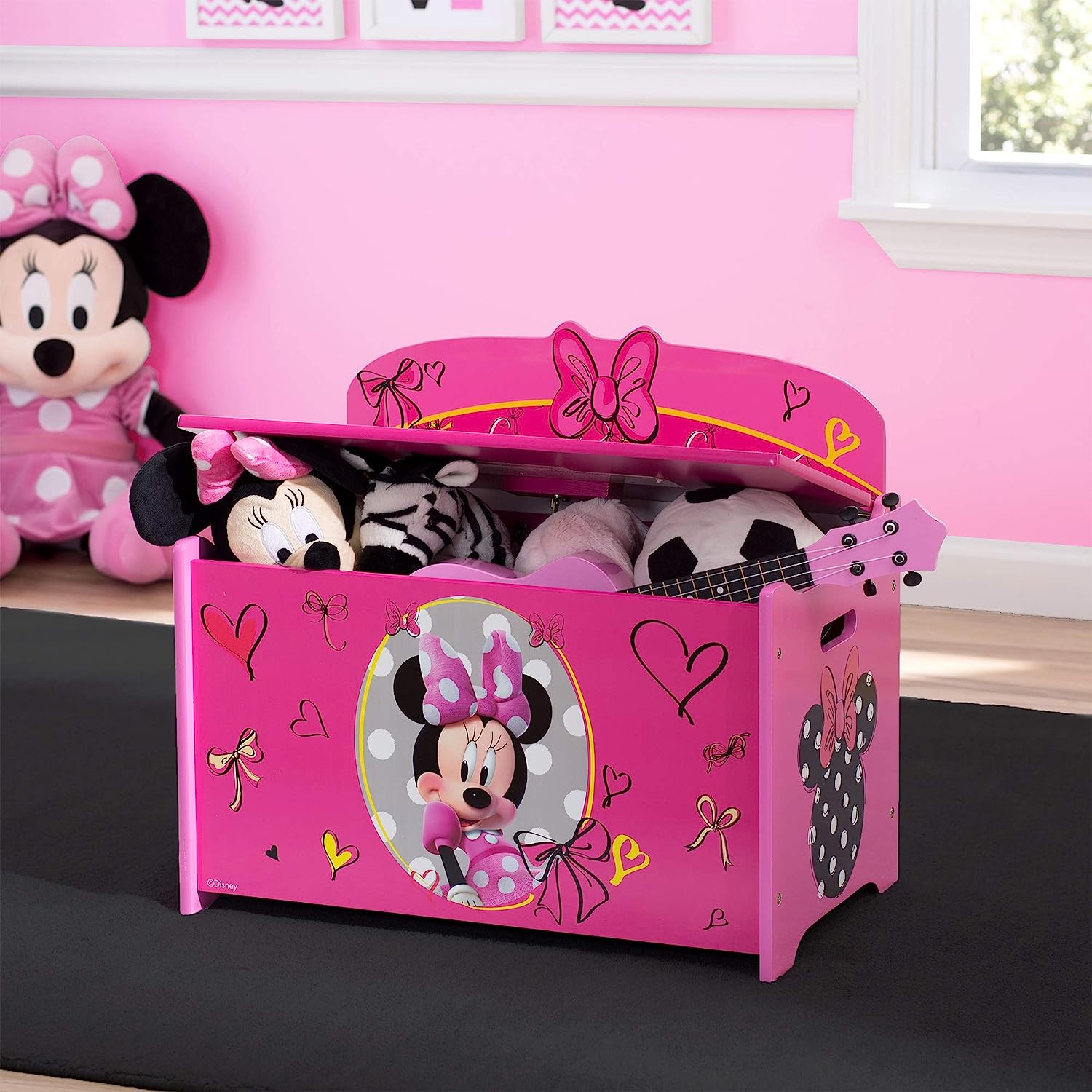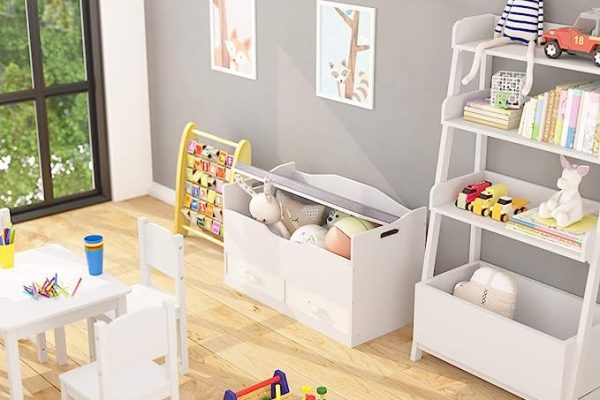Home> Playroom Storage
Playroom Storage Solutions: Make Cleanup Time Easy & Fun
Find the top playroom storage ideas to help declutter your space! Our guide provides innovative and practical solutions to keep toys organized.
Organizing A Playroom: 11 Ways To Make Tidying Child’s Play
By: Noah Bennett • Interior Design
11 Best Toy Storage Bin For 2024
By: Sophie Thompson • 70 Bedroom Storage Products For A Relaxing Space
13 Best Playroom Storage For 2024
By: Emily Roberts • Best Living Room Storage: The Ultimate Guide
14 Best Dress Up Storage For 2024
By: Alexander Johnson • 70 Bedroom Storage Products For A Relaxing Space
10 Best Toy Storage Cubes to Help Control the Clutter
By: Sophia Turner • Versatile Storage Ideas For A Spotless Home All Year Round
11 Best Toy Boxes And Storage For 2024
By: Amelia Brooks • Versatile Storage Ideas For A Spotless Home All Year Round
10 Best Toy Storage Bench Picks For Living Rooms
By: Grace Wilson • Best Living Room Storage: The Ultimate Guide
